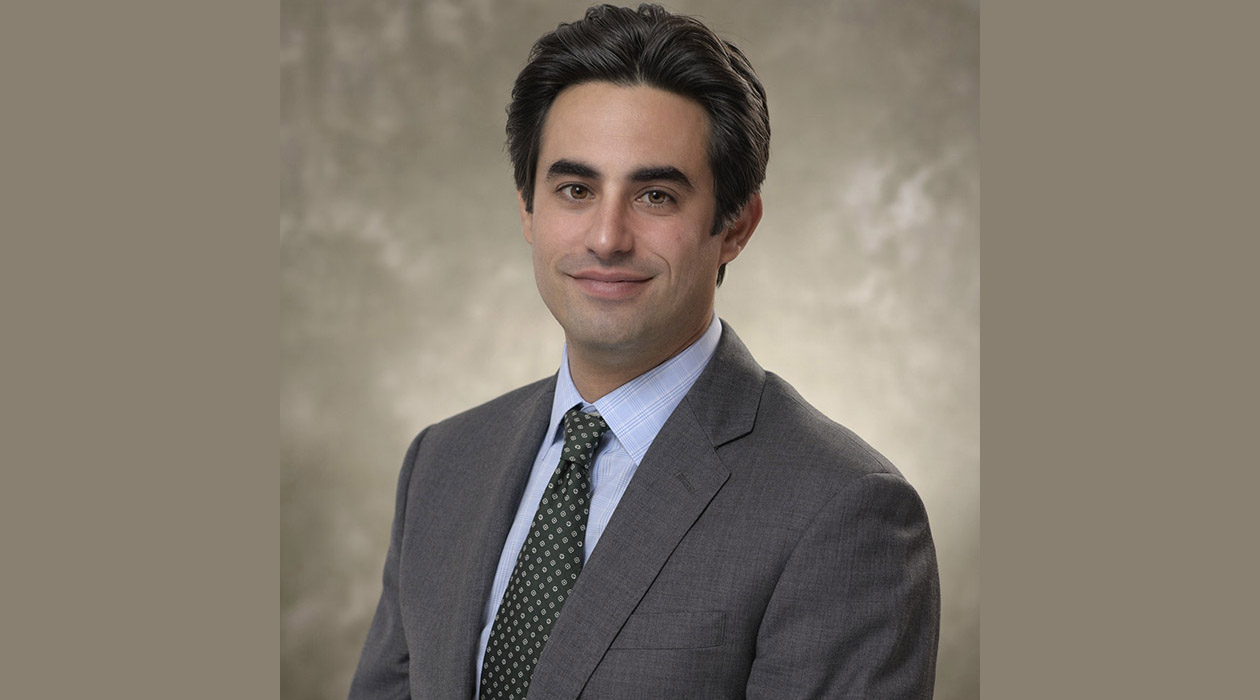Revisiting the Myriad gene patenting case a decade after decision

Jacob Sherkow, Professor of Law / L. Brian Stauffer
In 2013, the Supreme Court of the United States determined that isolated human genes were not patentable when it issued its decision for the patent case Association for Molecular Pathology v. Myriad Genetics, Inc. At the time, the case was a cultural phenomenon, with the Supreme Court’s ruling occupying the front-page of most major newspapers in the United States. 10 years later, experts from the University of Illinois Urbana-Champaign, Arizona State University, and Stanford University revisit the Myriad decision in a retrospective article discussing its background, litigation, and muted impact since the ruling.
A patent is granted by individual countries and gives an inventor the legal right to exclude others from making, using, selling, or importing their invention without permission of the patent holder. Patentable subject matter must be concrete, rather than an abstract idea, and laws of nature, products of nature, and natural phenomena are not patentable. Biotechnology leverages the use of biology and living organisms making it difficult to determine patentable subject matter, especially when science tends to advance faster than policy.
“It is a constant and perennial problem. Law and science as disciplines are often in misalignment with one another, which is my core research area,” said Jacob Sherkow (GSP), a professor of law at Illinois and member of the Carl R. Woese Institute for Genomic Biology. “The law is slow to keep up or it's written at a level that's not granular enough to take care of the exact thing that you're otherwise worried about.”
The first entire gene patent was awarded to the biotechnology company Genentech in 1982 for the gene encoding the protein chorionic somatomammotropin which plays an important role in fetal growth. This set the precedent that human genes could be patented due to the logic that isolating and purifying a gene sequence from surrounding genetic material differentiates the isolated gene from its natural occurrence in the genome. Large economic incentives drove companies, hospitals, and research universities to patent genes because it would give them the monopoly on developing therapies and diagnostic testing associated with the patented genes.
After a 17-year hunt for a genetic connection to breast cancer, Berkeley geneticist Mary-Claire King discovered a location on the long arm of chromosome 17 that was associated with increased breast cancer risk, which was then named BRCA1. This gene locus identified by King consisted of 20 to 30 million base pairs, and thus began the race to determine the precise location and DNA sequence of BRCA1.
In 1994 and 1995, biotechnology company Myriad Genetics won this race and filed patent applications covering the locations and sequences of the BRCA1 and BRCA2 breast cancer genes, eventually resulting in 7 different patents. These patents gave Myriad Genetics exclusive rights to cancer screening and genetic testing involving BRCA1, BRCA2, and other cancer-related genes. This effective monopoly made Myriad more than 2.5 billion dollars between 1998 and 2013 before the Supreme Court’s ruling.
Since the first gene patent was awarded, people debated the legal and ethical issues associated with patenting human genes, with many looking for them to be outlawed. In parallel, the Human Genome Project also began working on sequencing the entire human genome, consisting of 3.2 billion DNA base-pairs, further calling into question the idea of gene patents and their enforcement. Patent law scholars also examined if isolated gene sequences were even patentable subject matter. These issues culminated when litigation against Myriad Genetics began, drawing media attention and widespread conversations by both experts and the general public alike.
“There were generally these two sides. One of which says, this is terrible, and patenting human genes will impede on new advances in biotechnology and threaten the research that we're going to be able to do,” Sherkow said. “Then the other side says, if you don’t allow patents, then no one is going to do research in this area or develop the tools that you need to do research in this space.”
After years of litigation, the Supreme Court ruled in 2013 that isolated human genes were not patentable because the location and order of nucleotides in gene sequences are dictated by nature, not human intervention. On the other hand, complimentary DNA, cDNA, was determined to be patentable material because humans alter the gene by removing introns—non-coding regions of DNA—from the DNA sequence.
Overall, the policy issues embedded in the Myriad gene patenting case are complex, and many of these complexities still exist in applying patent law to biotechnology advancements today. But, reflecting 10 years later, Sherkow and his collaborators found that the Myriad decision ended up having little impact on biotechnology research.
“I think one of the things that we found in the retrospective was the muted impact the Myriad case had relative to the public interest at the time that it was being litigated. Ten years on, we're easily in another biotech revolution right now,” Sherkow said. “Technology has radically outclassed the single gene, semi-automated Sanger sequencing that Myriad Genetics was doing back in 1994. So, to a certain extent, the case is now one of historical context as opposed to policy interest.”
The retrospective article “The Myriad Decision at 10” can be found at https://doi.org/10.1146/annurev-genom-010323-011239. Sherkow’s coauthors are Robert Cook-Deegan, a professor in the School for the Future of Innovation in Society at Arizona State University, and Henry T. Greely, the Deane F. and Kate Edelman Johnson Professor of Law at Stanford University.
